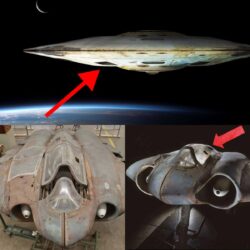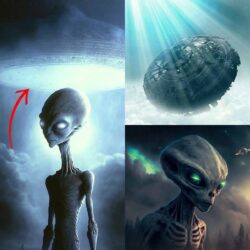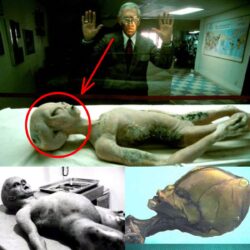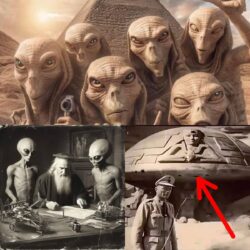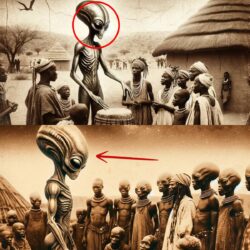
In addition to Bob Lazar, Bill Uhouse, who claimed to have worked at Area 51, is an intriguing individual. And even more impressive is his testimony.
Capt. Uhouse was a fighter pilot for the Marine Corps for ten years and a civilian for four years at Wright-Patterson Air Force Base conducting flight tests on exotic experimental aircraft like the F-89, B-47, and F-102.
He worked as an engineer for defense contractors for the next 30 years.
Although he passed away in August 2009, his testimony about an unbelievable event was recorded in an interview for one of the ufologist Steven Greer’s documentaries a few years earlier.

Uhouse claimed that he was invited to work on a new secret technology in 1958 by a man whose identity was kept secret.
He claims that it was actually a flying disc simulator based on a redesigned 100-foot-long UFO that crashed in Kingman, Arizona, in 1953. It was kept safe at Area 51, which was still being built at the time.
Cooperation from aliens The crew and four injured extraterrestrials who survived this incident were transported to Los Alamos after being “rescued” to share and assist with the reverse engineering of the recovered remains.
Capt. Uhouse knew a lot about the flight deck and the instruments there. He also knew about the gravitational field and what people needed to teach them to feel antigravity.

In point of fact, he had multiple encounters with an alien they referred to as J-rod (or Jarod), who helped physicists and engineers comprehend the ship in question.
He clarified that the communication appeared to be carried out via telepathy, stating, “There was only one of them (alien) who talked to the scientists in the lab and the rest didn’t talk to anyone.”
They do speak, but not like we do.
Inside ET Technology The discoid ship’s design was so sophisticatedly simple that, unlike conventional aircraft, it could not be equipped with bombs or machine guns.

Additionally, a significant amount of time was required for training and adaptation before it could be operated.
Uhouse said that the ship’s propulsion came from the fact that the object had its own gravitational field, so inside it “there was no up or down.”
He also emphasized that his work was distinct from what Bob Lazar referred to as a reactor.
Despite the fact that he explained that the simulator was operated by six large capacitors each charged to a million volts and that there was a space inside that could count as such.
The entire interview is available below:
